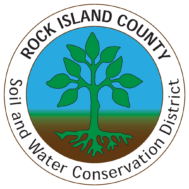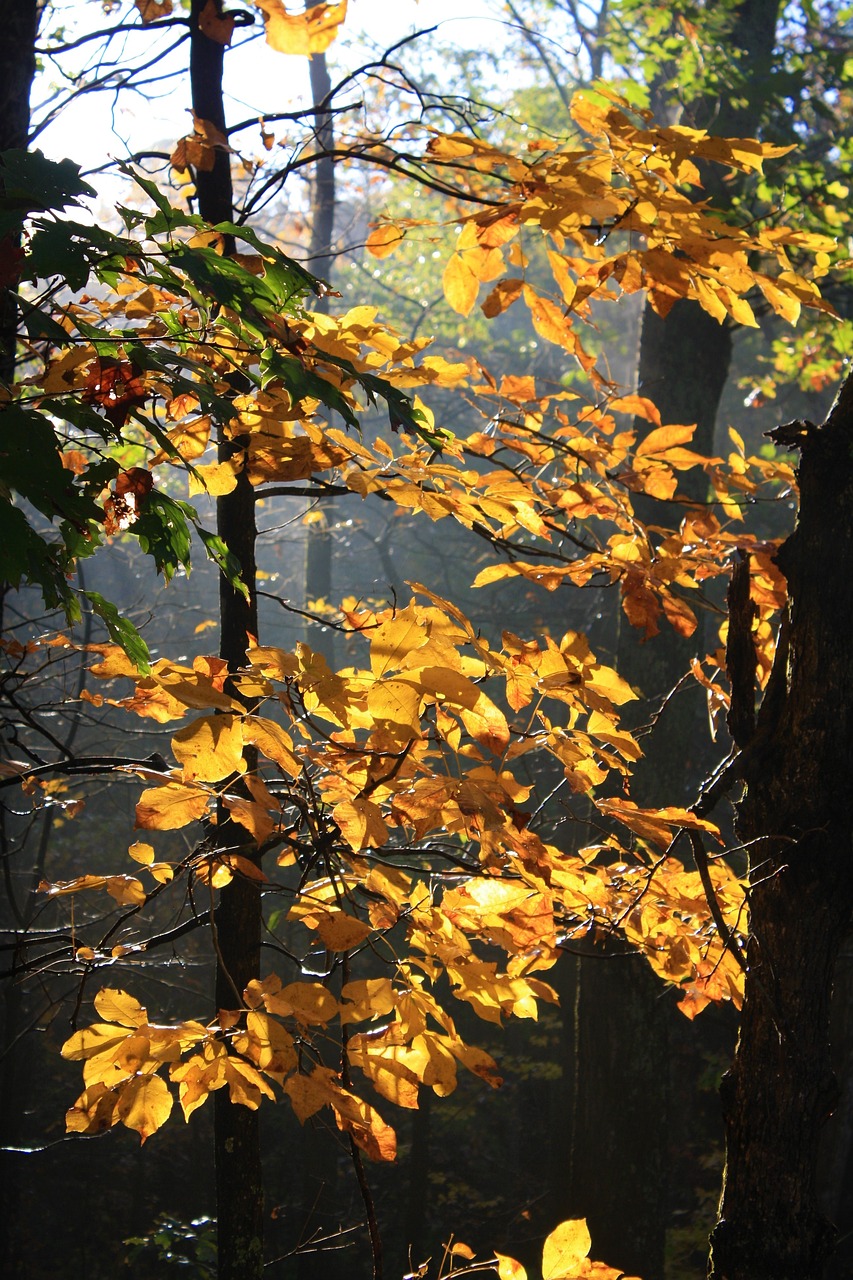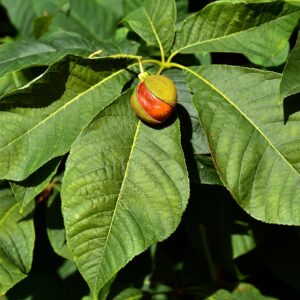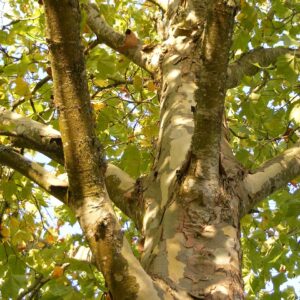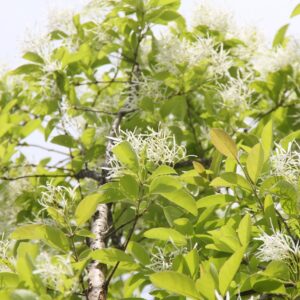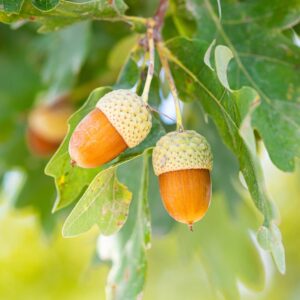Shellbark Hickory (Carya laciniosa) is a large deciduous tree native to the eastern United States and southeastern Canada. Shellbark Hickory is a large, majestic tree known for its shaggy bark, compound leaves, and large edible nuts. It plays a significant ecological role and has practical uses in industries ranging from woodworking to wildlife management.
Size and Shape: Shellbark Hickory is one of the largest hickory species, typically growing to heights of 50-75 feet tall, though some specimens can reach up to 100 feet (30 meters). It has a broad, rounded crown and a straight trunk.
Bark: The most distinctive feature of the Shellbark Hickory is its shaggy bark, which peels away in long strips or plates. The bark is light gray to brownish-gray in color and becomes rougher and more furrowed with age.
Leaves: The compound leaves of Carya laciniosa are alternately arranged and typically consist of 5-9 leaflets. Each leaflet is lanceolate (lance-shaped) with serrated edges and a pointed tip. The leaves are dark green in summer and turn yellow or golden-brown in fall.
Flowers: Shellbark Hickory is monoecious, meaning it has separate male and female flowers on the same tree. The flowers are small, appearing in spring before the leaves emerge. They are wind-pollinated.
Fruits: The fruit of the Shellbark Hickory is a large, pear-shaped nut enclosed in a thick, four-parted husk that splits open when mature. The nut itself is sweet and edible, similar to pecans, and is an important food source for wildlife.
Wood: The wood of Shellbark Hickory is heavy, hard, strong, and flexible. It is highly valued for its strength and shock resistance, making it ideal for tool handles, furniture, and flooring.
Habitat and Range: Shellbark Hickory thrives in moist, well-drained soils of bottomlands, riverbanks, and rich uplands. It is found from southwestern New York west to southern Michigan, south to eastern Texas, and east to northern Florida.
Ecological Importance: The nuts of Shellbark Hickory are an important food source for numerous wildlife species, including squirrels, deer, and various birds. The tree also provides habitat for a variety of insects and birds.
Light Exposure: Full sun (6 hours direct light daily), Partial sun / shade (4-6 hours light daily)
